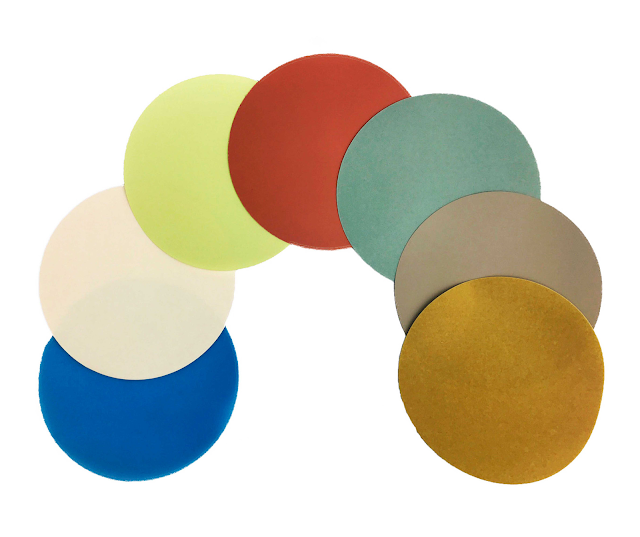In the realm of precision
manufacturing and high-tech industries, achieving the perfect surface finish is
not just a goal but a necessity. Enter fiber polishing film a game-changing material that has revolutionized the way we
approach surface finishing. This specialized film is crucial in applications
ranging from optics and electronics to precision engineering, providing
unmatched quality and efficiency.
Fiber polishing film is crafted from
premium abrasive materials embedded in a flexible film substrate. This design
allows it to conform to various shapes and contours, making it ideal for
polishing complex or irregularly shaped components. Whether you’re working on
optical lenses, fiber optics, or high-precision engineering parts, this film
ensures a smooth, defect-free surface, enhancing both the appearance and
functionality of the final product.
One of the standout features of
fiber polishing film is its ability to deliver consistent results. The film is
available in a range of grit sizes, from course to ultra-fine, allowing users
to select the appropriate level of abrasiveness for their specific needs.
Coarse grits are typically used in the initial stages of polishing to remove
significant surface imperfections, while finer grits are employed for the final
stages to achieve a mirror-like finish. This versatility makes the film
suitable for various applications, ensuring that the desired surface quality is
achieved with precision.
Durability is another key
advantage of fiber polishing film.
The high-quality abrasives used in its construction are resistant to breakdown,
which means the film maintains its effectiveness over extended periods. This
longevity translates into cost savings, as it reduces the need for frequent
replacements and minimizes downtime.
Ease of use is also a
significant benefit. Fiber polishing film can be easily cut to custom sizes and
shapes, making it adaptable to different polishing machines and manual
processes. This flexibility enhances its applicability across various
industries, streamlining the polishing process and improving overall
efficiency.
In conclusion, fiber polishing film is an invaluable
tool for achieving exceptional surface finishes in precision manufacturing. Its
adaptability, durability, and range of grit sizes make it a versatile choice
for a wide array of applications. By incorporating fiber polishing film into
your finishing processes, you ensure that your components meet the highest
standards of quality and performance, ultimately driving innovation and
excellence in your field.
Main source: https://sunmafiber.hatenablog.com/









